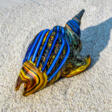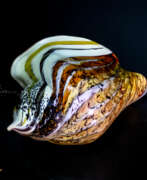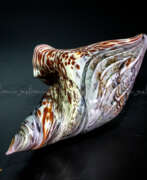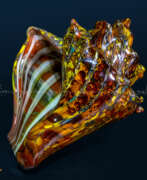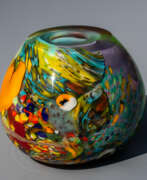Glassblowing

Glassblowing
Glassblowing is an ancient art form and technique that involves shaping molten glass into various objects through a combination of blowing and molding. Originating around the 1st century BC, this intricate craft has evolved over the centuries, with notable contributions from Roman, Islamic, and Venetian artisans.
The process of glassblowing requires skilled craftsmanship and precision. Artists use a blowpipe to gather molten glass from a furnace, inflating it to form a bubble. By blowing, rotating, and shaping the glass with various tools, they can create a wide range of items, from delicate ornaments to elaborate sculptures. The versatility of glassblowing makes it a unique art form, appreciated for its blend of creativity and technical prowess.
Renowned glassblowing pieces can be found in museums and galleries worldwide. For instance, the Corning Museum of Glass in New York houses an extensive collection showcasing the history and evolution of this fascinating craft. Additionally, contemporary glassblowers like Dale Chihuly have brought modern interpretations to the art, with his installations displayed in prestigious venues such as the Chihuly Garden and Glass in Seattle.
For collectors and enthusiasts, staying updated on new glassblowing products and auction events is essential. Sign up for our updates to be the first to know about exclusive sales and auction opportunities related to glassblowing.
| Country: | Europe, Roman Empire, Serenissima Repubblica di Venezia (late 7th century - 1797), Syria |
|---|---|
| Start of the period: | I century BC |
